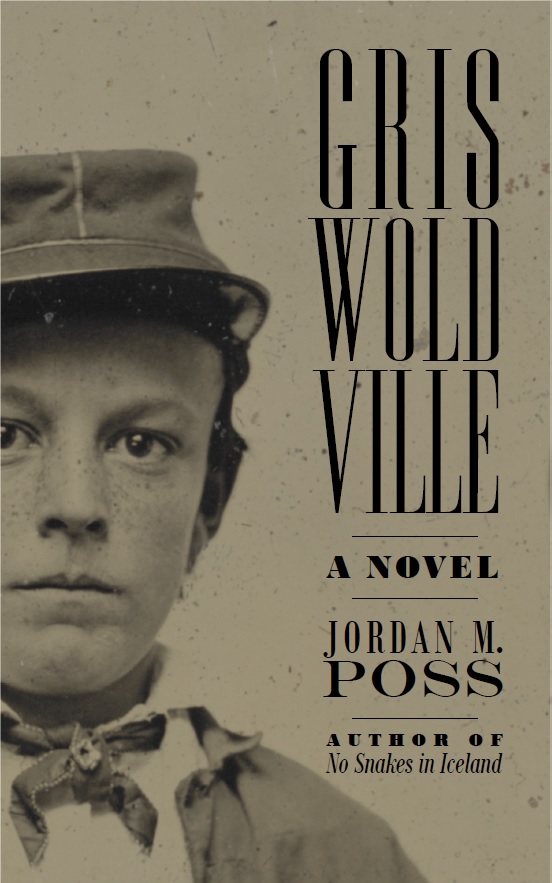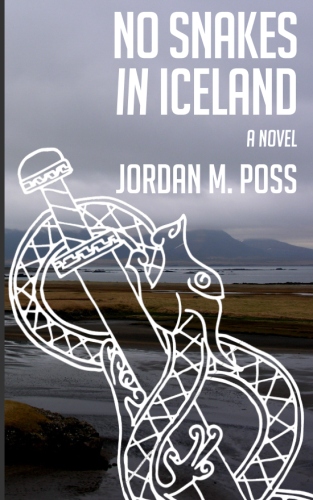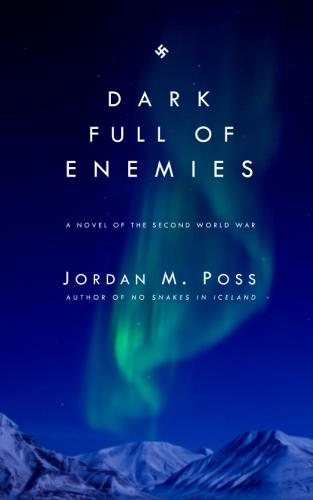The Odyssey trailer reaction
/Matt Damon as Odysseus in the teaser trailer for The Odyssey (2026)
To say that Christopher Nolan’s treatment of Homer is highly anticipated would be an understatement. By the time I discovered the first teaser for The Odyssey this evening while doing some last-minute Christmas shopping for my kids, the official trailer on the Universal YouTube channel had been up twelve hours and already had 9.8 million views. (Addendum: In the time it’s taken me to dash off these thoughts and observations, the trailer has cleared ten million views.)
So, in a very real sense, what I think doesn’t matter. Here are my thoughts anyway.
I’ve mentioned recently that, while I like Nolan generally and love a couple of his movies, I think his success and the leeway studios have given him since he wrapped up his Batman trilogy have led him further and further into self-indulgence. This peaked with Tenet, which was entertaining because Nolan is a spectacular showman and completely incomprehensible because, with its involuted story, he leaned hard into all of his own worst instincts. Part of what kept it from being a pure disaster was that its slick near-future world was fitting for his style: Inception and Interstellar both fit the bill, as does the futuristic Wayne Enterprises tech of his Batman movies, especially The Dark Knight Rises.
But imagine that recognizable Nolan aesthetic—matte black tactical gear, brushed steel and brutalist concrete, affectless acting, and obsessive rejection of linear time—transferred to… the Bronze Age.
I follow a number of gifted historical and archaeological artists on social media and the scuttlebutt is that Nolan’s crew reached out to some experts in Mycenaean material culture and then ghosted them. It shows. Homer’s world was a world of elaborate courtesy and protocol, gold, jewels, and precious metals, and suits of burnished bronze armor that thundered when their warriors leapt from their chariots to do battle. Matt Damon’s crew from Ithaca look like someone asked an LLM to blend 1950s sword-and-sandal Romans with a SWAT team.
That’s harsh, I guess. I’m not particularly hopeful. As much as I like Nolan, he has to be one of the filmmakers least suited to this kind of story. (Let me second what some of those historical artists have wished for: a Homer adaptation from Robert Eggers.) If I hope anything, I hope I’m wrong.
With (most of) the negativity out of the way, here are a few things that impressed me in this teaser:
The IMAX cinematography looks atmospheric as Hades, so to speak. Hoyte van Hoytema is working with Nolan again and a number of the brief glimpses we get of major episodes from the Odyssey look good in strict filmmaking terms.
Anne Hathaway as Penelope looks pretty woebegone in her brief appearance. I like Hathaway but wonder if she has the requisite cunning for the woman who was so perfectly matched to Odysseus. (My ideal casting: Rebecca Ferguson, who combines regal beauty with obvious, potentially terrifying intelligence.)
I like the shots in Polyphemus’s cave, but am puzzled that we actually get a brief glimpse of a giant, shadowy form entering behind Odysseus’s men. Word was that Nolan’s Odyssey would be demythologized to some degree. Perhaps not? Or will the adventure scenes be Odysseus’s exaggerated retelling? If Nolan indulges in his nonlinear storytelling it will surely be when Odysseus is rescued and hosted by the Phaiakians and tells them his story—a portion of the poem that, to be fair, lends itself to Nolan’s thing.
We get a glimpse of Benny Safdie as Agamemnon near the beginning. Ridiculous Greek fantasy armor. Perhaps an artifact of Odysseus telling an embellished version of his story?
We don’t see him in the trailer, but Jon Bernthal is listed as playing Menelaus. I’d like to have seen him—or someone like him—in the lead. Bernthal looks tough and has unbelievable charisma. Somehow he keeps getting slotted into second-fiddle roles behind flat, awkward leads (e.g. “The Pacific,” in which he by all rights should have played John Basilone, and “The Walking Dead”). Robert Pattinson is also slated to play Antinous, one of Penelope’s suitors, which should give him plenty of opportunities to steal the scene.
Back to the trailer. We get brief glimpses of the Trojan Horse. No idea what the Achaians are doing hoisting it out of the sea, but the shots of the warriors crammed inside look great.
Near the end we get some eerie shots of what appear to be Odysseus’s journey to the underworld. Not at all what I imagine when reading the story, but exceptionally atmospheric and spooky. Rightly so. Curious to know if we’ll see a bored, disillusioned Achilles.
Devotees of ancient Greek shipbuilding are upset about behind-the-scenes images of the ships here. I know just enough to identify them as clinker-built, which is right for the Anglo-Saxons and Vikings but obviously wrong for Mycenaean Greece. That may or may not bother you.
We end with an Odysseus and Penelope before the war, who seem much weepier and worrisome than the figures from Homer. Homer’s Odysseus cries, to be sure, but only after twenty years of bloodshed and captivity. Maybe it’s just that I have a hard time taking Matt Damon seriously when he channels high emotion. (His outburst as General Groves in Oppenheimer came across to me as impotent rather than righteous rage.)
So—we’ll see. This is a teaser trailer with perhaps a minute of footage, after all, and much of the film’s staggeringly large cast doesn’t appear at all. (Keeping Zendaya—as Athena!?—offscreen might have been a smart move.) It will certainly trade in spectacle, and maybe that will be enough. I’ve loved plenty of other atrocious historical films on that level (Exhibit A, Exhibit B), but something else those movies had going for them was strong performances and surehanded storytelling. Again—we’ll see.
I’m with those who were hoping for something a bit more meticulous in its reconstruction of Homer’s world, something we still haven’t really seen onscreen before. But that, for better or worse, is not Nolan’s forte. Even from this teaser it’s clear that he’s put his unmistakable stamp on the story. My hope is that, even without material fidelity to the original’s world, Homer himself will once again prove so strong that his power will shine through despite the filmmakers.











